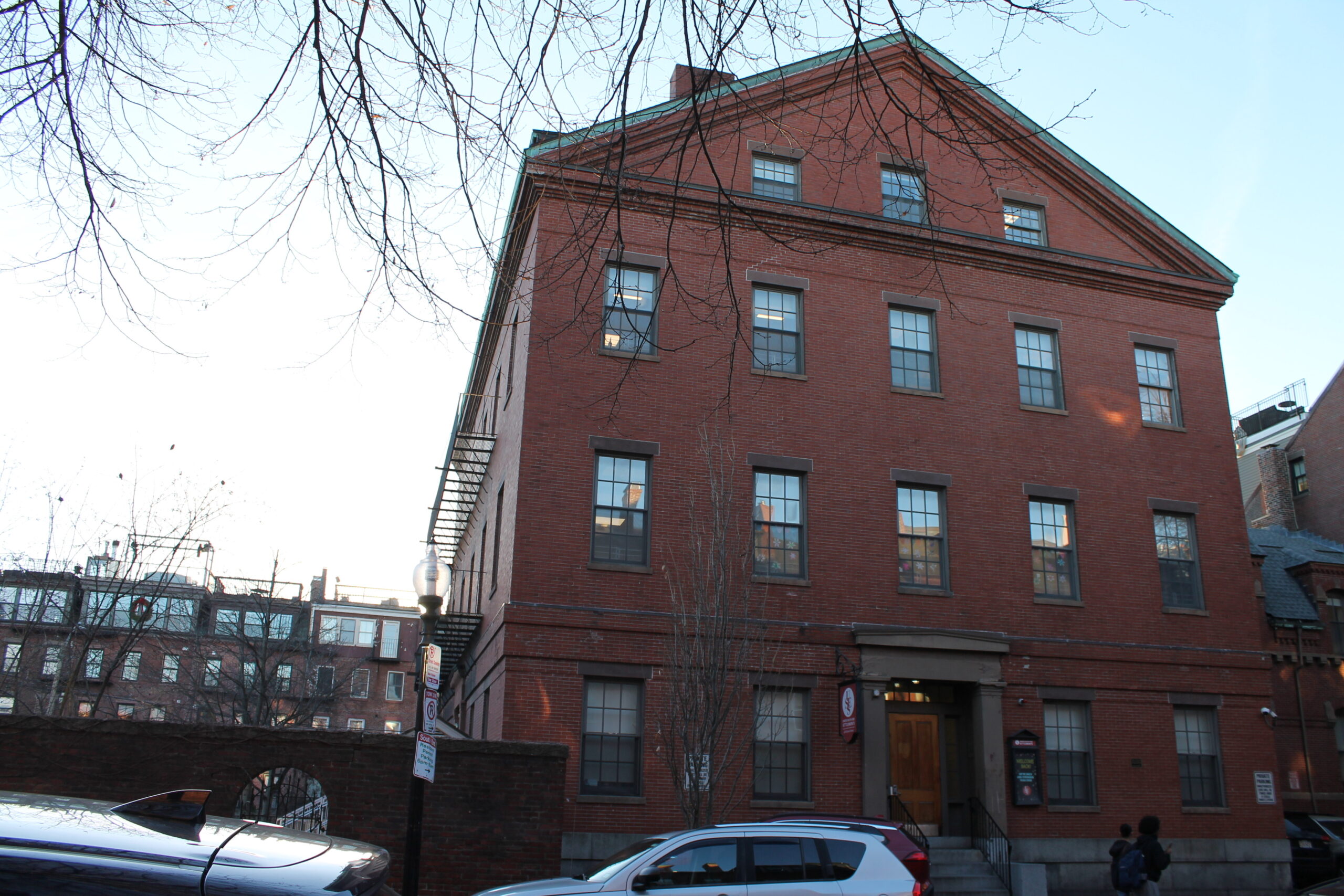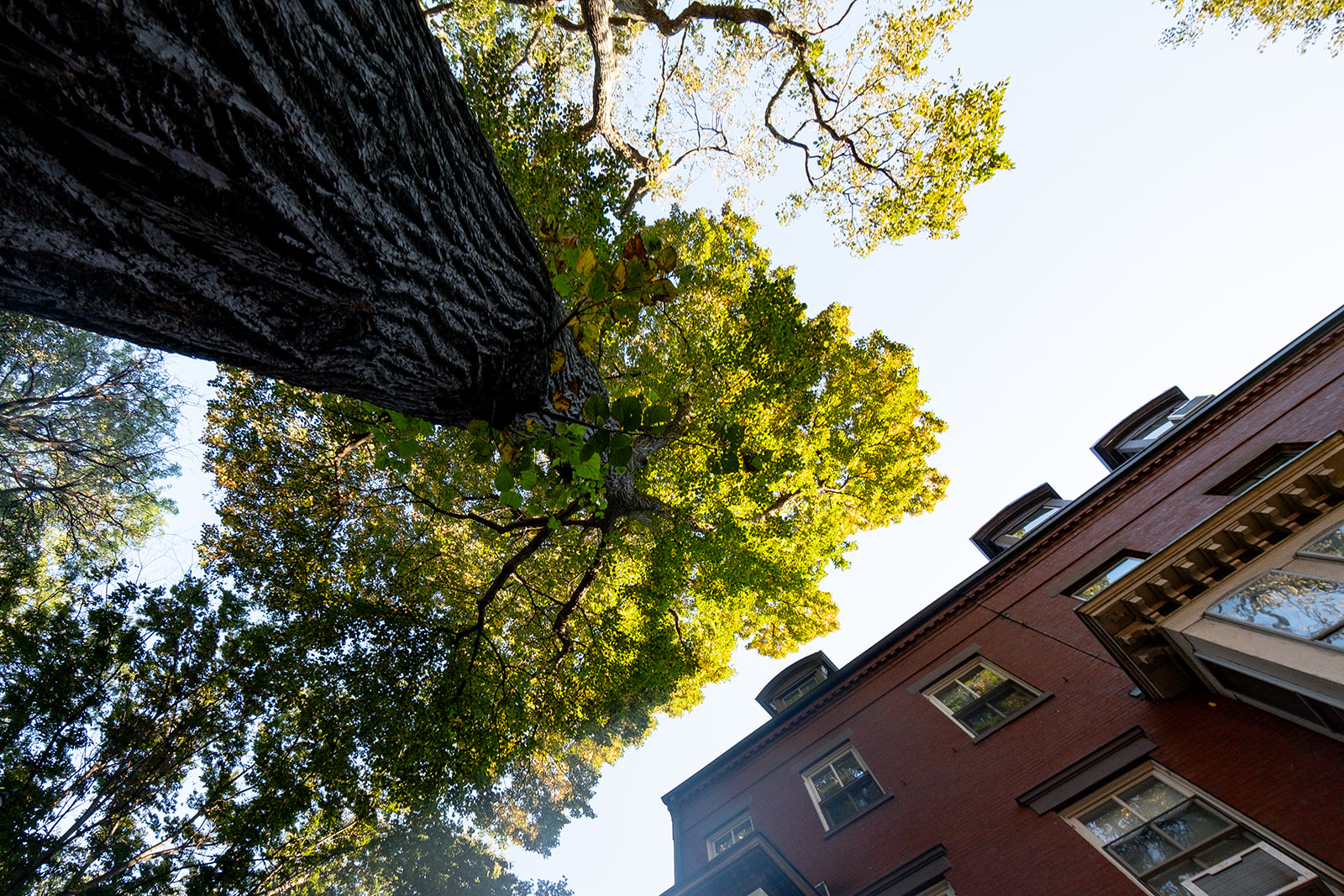 Read more
Read more
We have spaces available in our Early Childhood Education classrooms! Register here.

by Chelsea Revelle, Director of Arts and Culture

Arts education is a critical ingredient for a child's growing brain. It supports skills such as innovation, creativity, critical thinking, and problem solving that nurture a motivation to learn. The arts support healthy brain development and are proven to increase academic achievement.
A young child's mind is an amazing place. Every time a child experiences their world, brain cells fire and make new connections. In the first two years of life a child makes 1.8 million of these connections every minute. The busiest time of brain growth and activity happens between the ages of one and a half to four. A child's early years and experiences are crucial for developing self-regulation, problem solving, language, communication, and social skills as those brain connections get made and reinforced.
Arts programs that engage young children regardless of family income or ability to pay are more likely to prepare youth with school-readiness skills. Participation in arts programming can increase access to community resources, especially for low-income families who are not otherwise connected to supplementary programs due to financial hardship.
Drawing, painting, sculpting, and using tools supports gross motor (large muscle) and fine motor (small muscle) development. These muscles are the same muscles children will use to write later on.
Since art experiences engage multiple senses, they give children a powerful opportunity to fine-tune their perceptual skills while engaging and building their memory. Are also provides children a rich opportunity to build language skills.
Art provides even the youngest child an opportunity for collaboration, self-expression, confidence-building, and adapting to challenges and limitations.
Arts integration is the relationship between learning through arts based methods and learning that takes place in the academic curriculum. Non-arts subject areas are enhanced and become more stimulating for students as arts techniques, concepts and multi-sensory processes are introduced. In return, an art subject also becomes more stimulating when situations allow students to discover relationships and connections on a variety of levels.
Students who engage with visual arts education create a context for developing skills in speaking, listening, reading, and writing. For example, teaching students to look through a cardboard frame called a viewfinder helps students learn to observe--something naturalists, climatologists, writers and doctors need to know how to do. The arts encourage students to form mental images and use them to solve problems--an ability that chemists and architects use to create models.
Over the past 10 years there has been a drastic decline in the arts offerings for students during the school day. The focus on standardizing tests has shifted the curriculum to strict goals and benchmarks. Learning objectives such as innovation in an important ability that standardized tests typically do not measure. As a result the arts are cut.
Non-profits are being encouraged to address the decrease of arts in many public elementary and middle schools by implementing art programming to help increase academic achievement and participation. Research demonstrates that youth who are engaged in the arts do better in college and are more likely to obtain quality employment than youth who are not.
Studies have shown that increased years of enrollment in arts course are positively correlated with higher SAT verbal and math scores. The arts instill foundation skills needed for employment like reasoning, decision-making, creative thinking, problem solving and visualization. There is an increased importance on creativity in today's workforce.
1. Get messy with them!
2. Provide materials for exploration and process.
3. Ask questions and spark new possibilities.
4. Encourage rich language and reflection through back and forth discussion.
5. Encourage and support risk-taking.
6. Be present in the moment and remember the importance of early experiences.

 Read more
Read more

 Read more
Read more

 Read more
Read more